In 2018, the UK’s first F-35 squadron will declare initial operational capability.
It’s no secret that British forces wouldn’t have been able to reach that goal without their partnership with the US Marine Corps.
In order to train to meet operational requirements, a decision was made many years ago to integrate the training of the USMC and RAF together. About 10 years ago the UK’s Royal Air Force and Royal Navy began discussions about combining efforts on initial F-35B training with the United States Marine Corps.
Air Commodore Harv Smyth, UK Lightning Force Commander said:
“It started out as just a conversation about, ‘Wouldn’t it be a good idea to pool our resources?
In the early years, we knew we’d both have a small number of jets and a small number of people training, so it just made sense to work together.”
These discussions eventually resulted in a ‘pooling implementation agreement’ between the RAF, Royal Navy and USMC.
The Royal Air Force and Royal Navy plan to operate 138 F-35B aircraft. Their training will take place at MCAS Beaufort, South Carolina, where British pilots and maintainers will be embedded with the US Marine Corps and their fleet of F-35Bs.
This joint approach to getting the aircraft ready was very clear with recent F-35 trials aboard the USS Wasp, with much of the data produced being used to inform not only the USMC’s declaration of initial operating capability but also the British effort.
UK personnel were fully embedded in the USS Wasp trials and will use the data gathered from this event, future trials and operational deployments to support the UK’s flying trials aboard HMS Queen Elizabeth in 2018.
Co-operation doesn’t just extend to training, plans for frequent deployment of American F-35 aircraft alongside British jets aboard HMS Queen Elizabeth have been confirmed by British Defence Secretary Michael Fallon and are expected to significantly boost the capabilities of the UK’s new carriers.
A key element of 21st century air power is clearly working and smoothly implemented coalition operations, the F-35 provides a unique integrated air combat capability whereby coalitions of joint or allied F-35s can be supported in common. The F-35 was designed from the outset to bring these capabilities while also being interoperable across a coalition of air power.
Two networks are core to this operability: the Link-16 and the new Multi-Function Advanced Datalink (MADL). These systems allow the F-35 to communicate with nearly all current and future NATO assets.
Link-16 is currently utilised by most existing platforms fielded by NATO members and will allow F-35 to integrate seamlessly into a coalition force structure.
MADL will complement the current networks as NATO’s first high bandwidth, low probability of detect and intercept connection. The fundamental design features of MADL enable all NATO F-35s in a deployed coalition to communicate within an Anti-Access/Area Denial environment.
The potential for cooperation between the United Kingdom and coalition forces all using the F-35 variants is significant, in terms of coalition warfare the F-35 further increases the situational awareness of all parties to a greater extent than anything flying today, resulting in a quantum leap in capability for coalition forces.
Such is the aircrafts sensor and data fusion capabilities, a small number of F-35s could provide the UK and her coalition allies with situational awareness within defended airspace where platforms such as E-3 AWACS and E-8 JSTARS would be unable to operate.
F-35s could find and designate priority targets within defended airspace for a less stealthy fleet to attack from a relatively safe distance, further enhancing coalition capability.
The F-35s value is not only in its stealth or combat capability, it’s also in the flying sensor network it creates in the battle space.
The ability of the F-35 to drastically improve the combat capability of other assets was demonstrated recently when an F-35B and Aegis Weapon System worked together during a live fire exercise, with the F-35 passing sensor data to another platform which then engaged the target.
Using the F-35 as a broad area sensor can significantly increase a warships ability to detect, track and engage a target.
An unmodified US Marine Corps F-35B from the Marine Operational Test and Evaluation Squadron, based in Edwards Air Force Base, acted as an elevated sensor to detect an over-the-horizon threat.
The aircraft then sent data through its Multi-Function Advanced Data Link to a ground station connected to USS Desert Ship, a land-based launch facility designed to simulate a ship at sea.
Using the latest Aegis Weapon System Baseline 9.C1 and a Standard Missile 6, the system successfully detected and engaged the target.
The exercise was the first live fire missile event that successfully demonstrated the integration of the F-35 to support Naval Integrated Fire Control-Counter Air and represent a very promising exploration into the interoperability of the F-35B with other naval assets.
The F-35B will drastically increase the situational awareness of the forces with which it will deploy and for the UK, where deployed numbers may be a concern, it represents a fantastic way to enhance combat capability in any coalition or national effort.


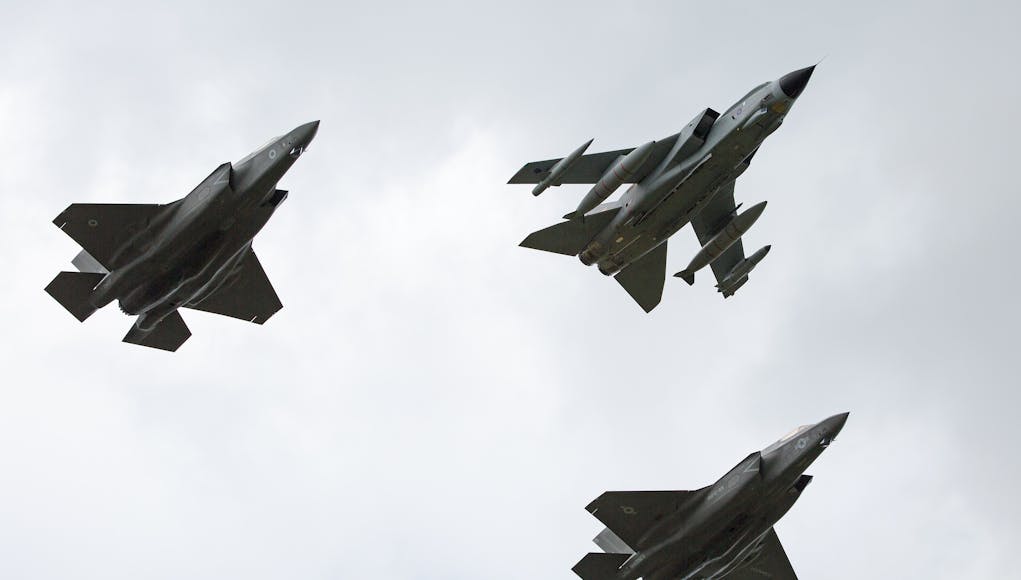
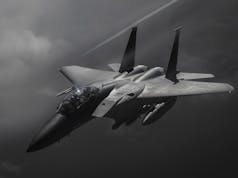

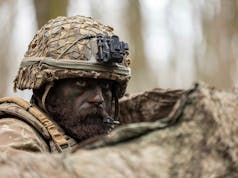
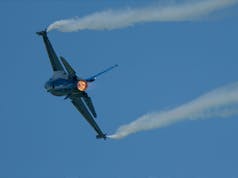

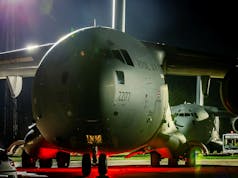
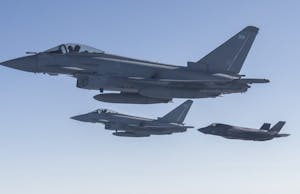









How many F-35’s will the UK have received by the end of 2018 and how many of the 138 are confirmed as firm orders at this point?
Today 8 UK F35Bs are flying, with contracted orders for another 9 now placed. another batch is expected to be ordered later this year too. So at the least we should have had 17 delivered by sometime in 2018 and maybe a few more depending on that next porder and its delivery schedule. The UK has in its procurment funding plan nealry £5n allocated for the purchase of 48 F35Bs by 2025. The plans for the remaining aircraft out to 138 are as yet unclear and certainly not yet funded in the present 10 year MoD Dfence Peocurment Plan Expect… Read more »